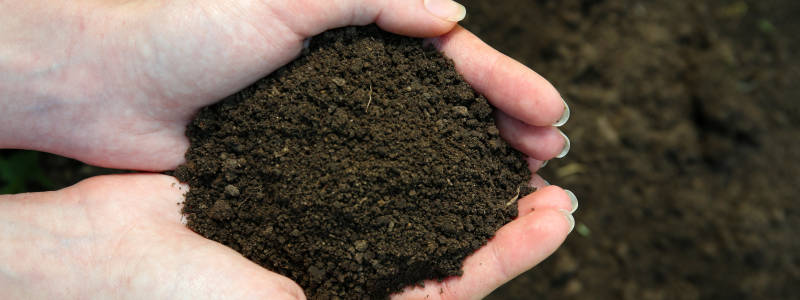Customized Soil Analysis & Recommendations
The great 19th century chemist, Justis von Liebig, found that plant growth is limited by the least available nutrient. Once the least available nutrient is supplied, another nutrient becomes the least available. While Liebig’s findings correctly illustrates the limiting factor, it reveals nothing about the soil balance needed to allow plants to grow to their full potential.
My goal is to help you build your soil to the point where it can grow your plants of the highest quality and their full potential. This means balancing the soil mineral reserves, building the capacity of the soil to hold and distribute nutrients and enhancing the means with which plants take up nutrients, both biologically and directly. If you are going to be adding amendments, why not make sure they are the right ones? It’s not hard, but does requires the right balance of organic soil amendments and organic matter to release the right nutrients at the right time.








Balance your soil organically to grow healthy and nutrient dense food.
Grow Organic offers soil testing and soil recommendations. For the test, we use Logan Labs, a leading provider of analytical and consulting services. We use them because the top agronomists in the country use them. For the recommendations, we use algorithms from William Albrecht, Michael Astera, Neal Kinsey, William McKibben, Gary Zimmer, Spectrum Analytics, Steve Solomon and Erica Reinheimer.
Standard Soil Test includes:
- Total Exchange Capacity (M.E.)
- pH
- Organic Matter percentage
- Sulfur
- Phosphorous
- Calcium
- Magnesium
- Potassium
- Sodium
- Boron
- Iron
- Manganese
- Copper
- Zinc
- Aluminum
- * more extensive tests are also available for an extra charge. Call for details.
A $48 payment is required when you drop off the soil. We accept credit cards or checks or cash. Reports will be e-mailed to you upon completion. Test will typically take 2 weeks to complete.
Soil Sampling Instructions
Dig, Bag, Label, Send
Scrape away surface litter and dig down 6” to collect the sample. Use an auger, a soil sampling tube, or a spade. Just make sure whatever tool you use that you clean it before you take the sample.
- Take samples from different locations of your garden area. Because of soil variations, it is necessary that each sample consist of small portions of soil obtained from approximately 10-15 locations in your gardening area. Samples can be mixed together.
- Place 2 cups of sample into a Ziplock bag. Put your name and email address on the bag with permanent marker. If submitting more than one sample, put a sample ID on each bag. (ie, upper garden area, pasture, herb bed, etc)
- If you are not currently part of the self-service shed, just Email Us or use the form below so can let you know where to drop off the sample.
Please Note
Please note: Soils that differ in soil type, appearance, crop growth, or past treatment should be sampled separately, provided the area can be treated separately. Avoid areas or conditions that are different, such as areas where fertilizer or liming materials have been spilled, gate areas where livestock have congregated, poorly drained areas, dead furrows, tillage or fertilizer corners, or fertilized band areas of last year’s crop. It is also advisable to stay at least 50 feet from barns, roads, lanes or fence rows.